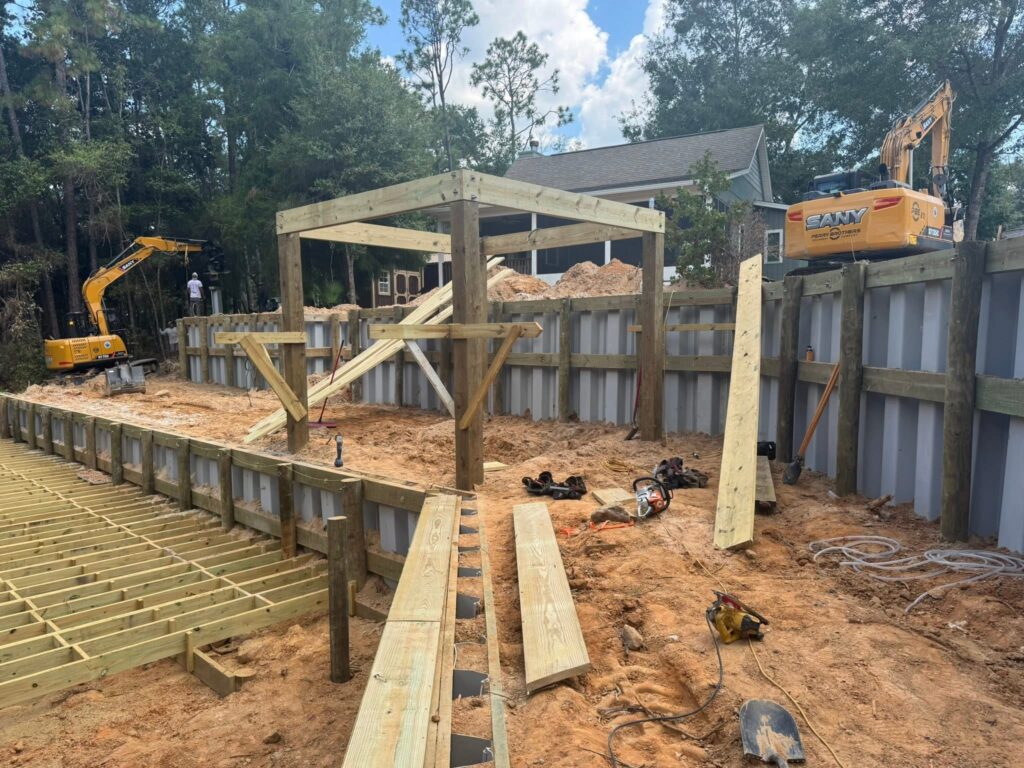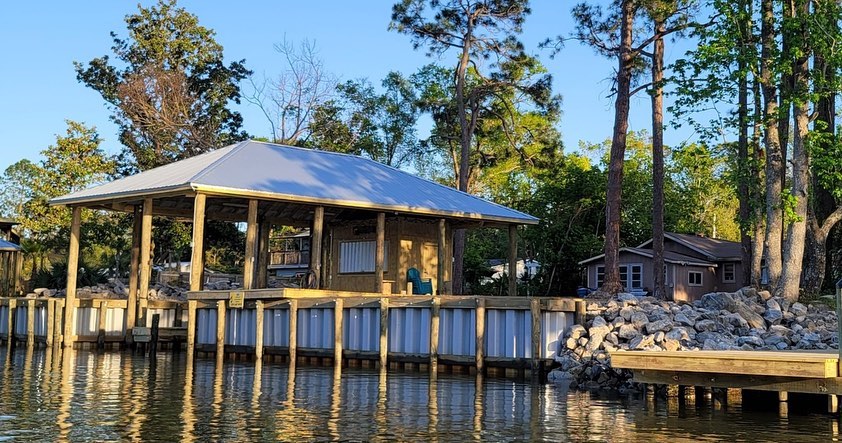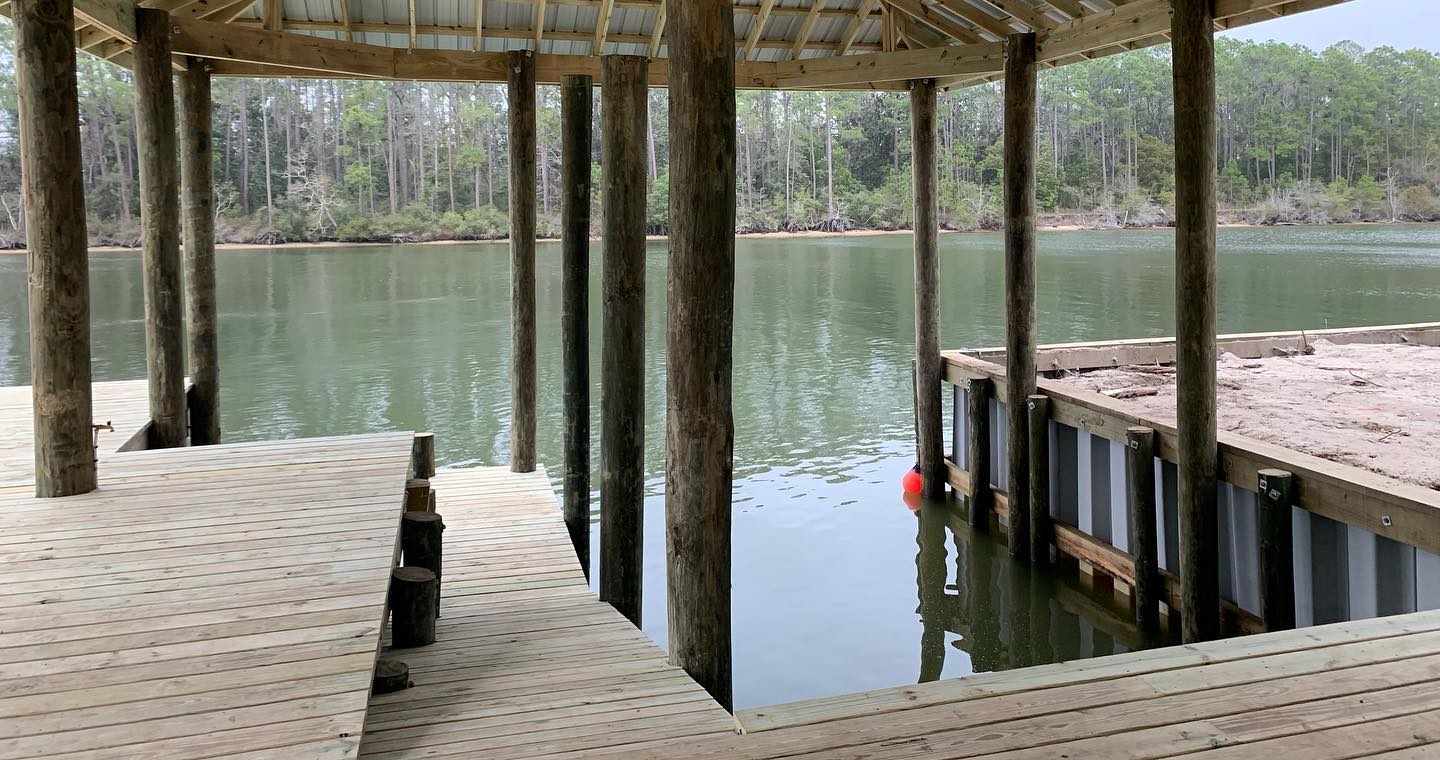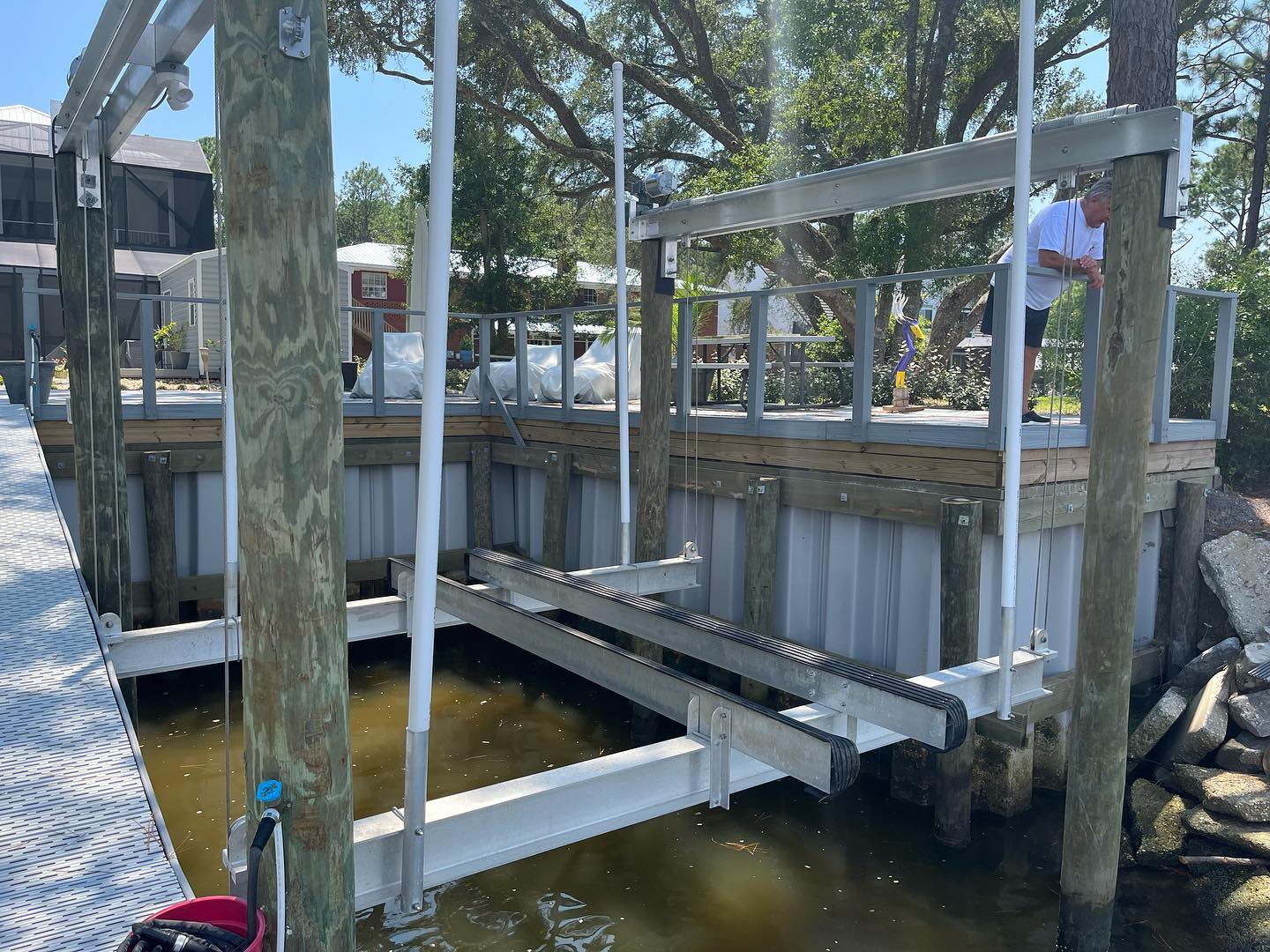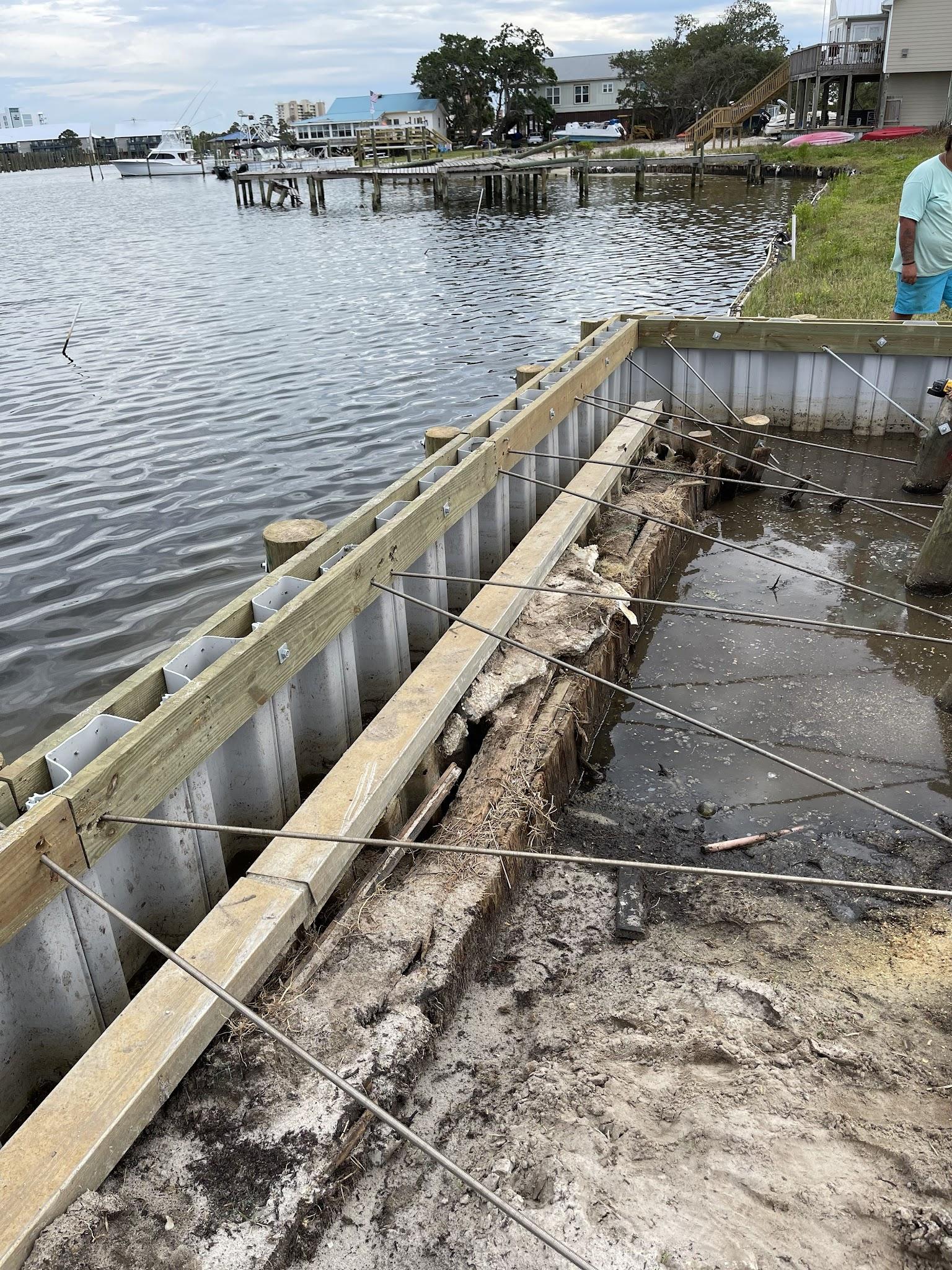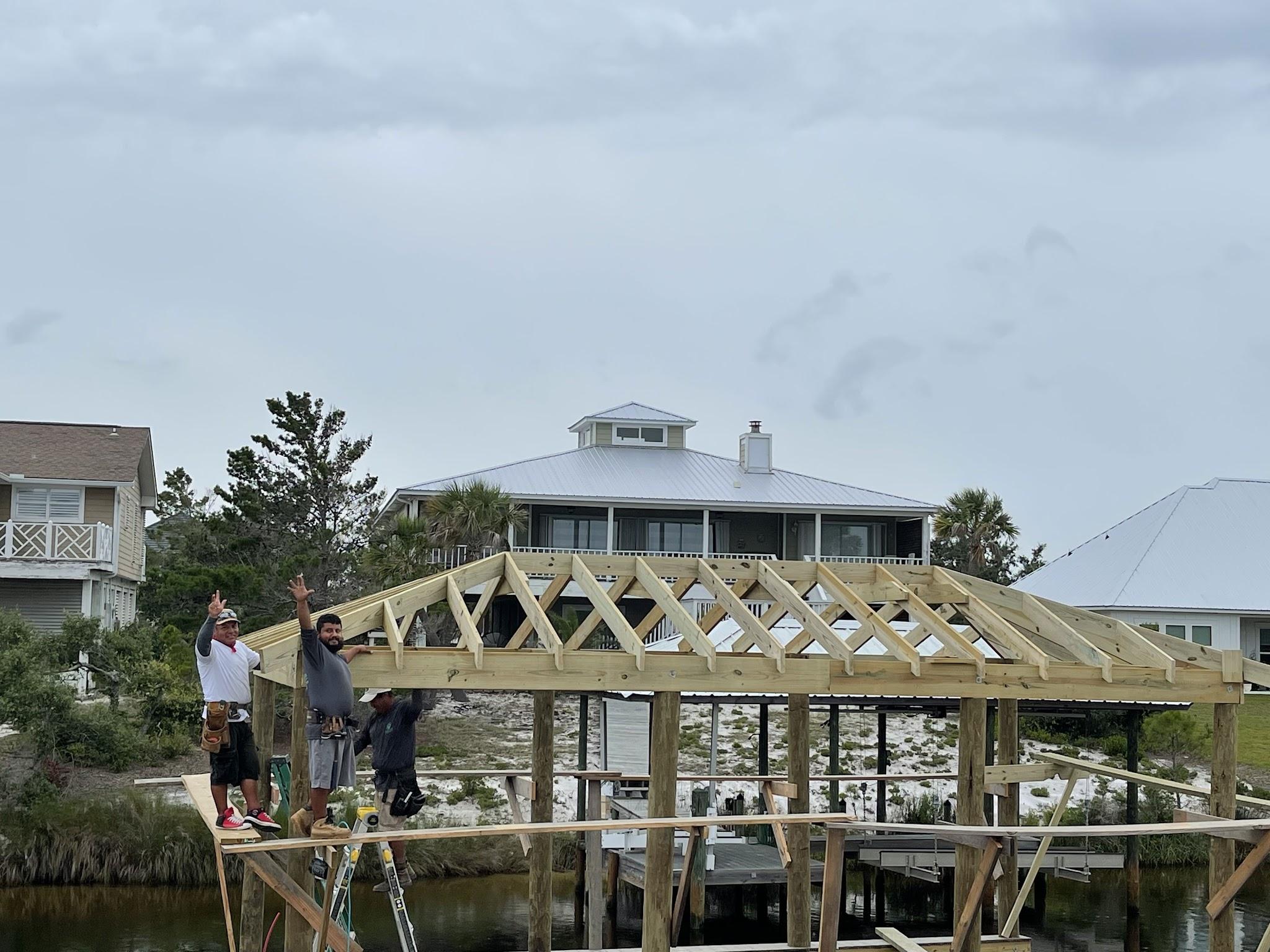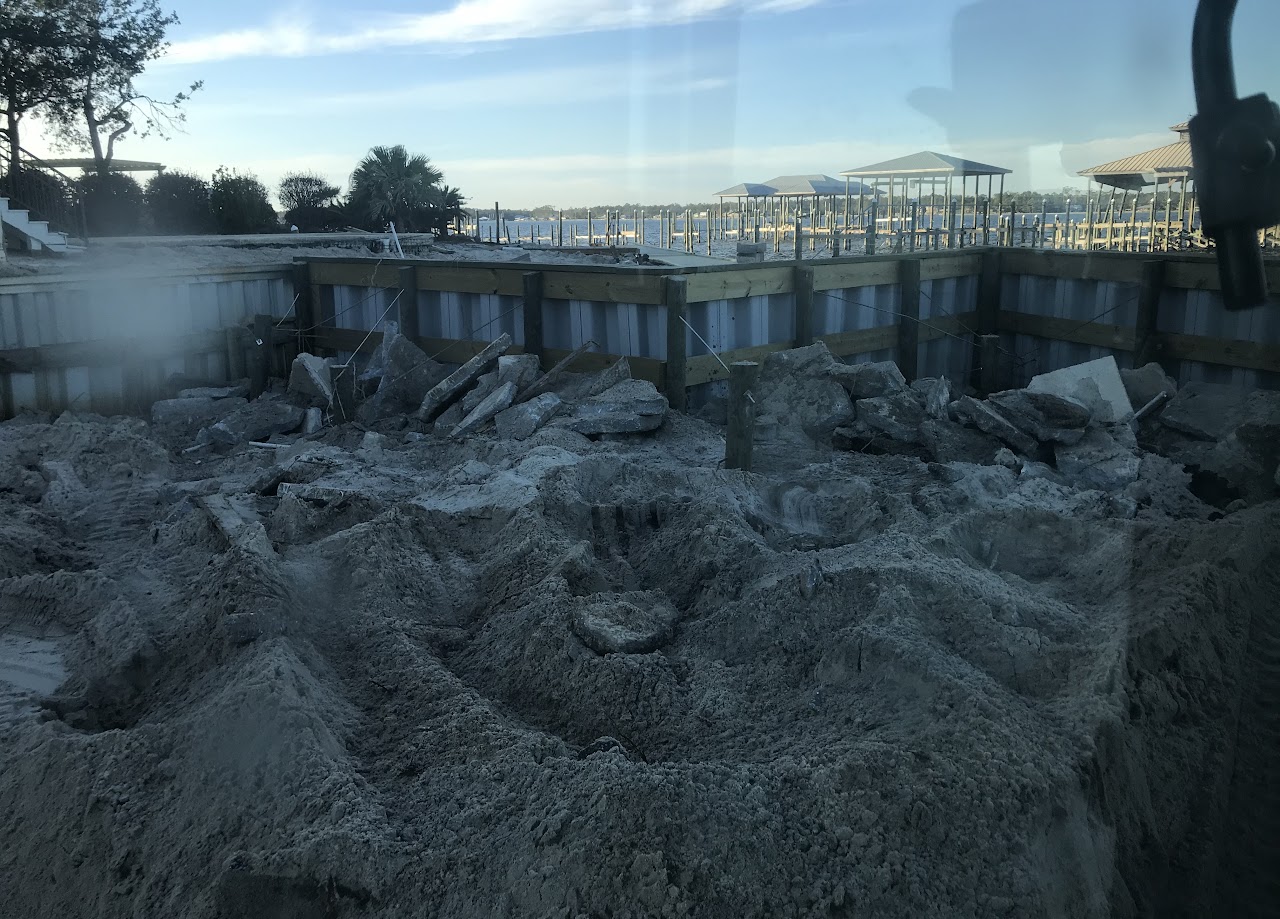Waterfront construction presents unique challenges that require careful planning and specialized techniques to ensure long-term stability and safety. One of the most critical elements in building durable waterfront structures is the installation of proper tieback systems. Tiebacks play a pivotal role in reinforcing bulkheads, seawalls, and other retaining structures, preventing shifting, erosion, and structural failure. Understanding how tiebacks function and why they are essential can help property owners, developers, and engineers make informed decisions when planning a waterfront project.
What Are Tiebacks and How Do They Work
A tieback is a structural support system used to stabilize retaining walls, bulkheads, and other vertical structures that face lateral pressure from soil, water, or other materials. Typically, tiebacks consist of steel rods or cables drilled at an angle into the ground behind the structure and anchored in solid soil or rock. Once tensioned, these tiebacks provide resistance against the forces pushing against the wall, keeping the structure secure and upright.
The effectiveness of a tieback system depends on proper design, installation, and maintenance. Engineers carefully calculate the necessary length, diameter, and placement of each tieback based on soil conditions, water pressure, and expected loads. Improperly installed tiebacks can lead to structural movement, wall failure, or even collapse, making expertise and precision essential in waterfront construction.
Protecting Against Erosion and Soil Shifting
Waterfront properties are particularly vulnerable to erosion and soil movement caused by tides, waves, rain, and fluctuating water levels. Without adequate support, retaining walls and bulkheads can shift, tilt, or fail entirely, putting the property and surrounding structures at risk. Tiebacks work by anchoring these walls securely into stable soil or rock formations, effectively distributing the lateral pressure and preventing unwanted movement.
By incorporating tiebacks into waterfront projects, property owners can safeguard against both natural and man-made stressors. This includes heavy storms, increased water flow, boat wakes, and other dynamic forces that can compromise the integrity of waterfront structures over time. Tiebacks provide the essential reinforcement needed to maintain structural stability and protect valuable land and investments.
The Role of Marine-Grade Materials
Tieback systems in waterfront environments require materials that can withstand constant exposure to water, moisture, and corrosive elements. Marine-grade steel and treated anchors are commonly used to ensure durability and longevity. Using high-quality materials is critical to preventing rust, corrosion, and weakening of the system over time, which could compromise the entire structure.
Additionally, protective coatings and proper installation techniques help extend the life of tiebacks while maintaining their load-bearing capacity. A well-constructed tieback system not only stabilizes the wall but also reduces ongoing maintenance costs and provides peace of mind to property owners and developers.
Design Considerations for Tieback Systems
The design of a tieback system is influenced by a variety of factors, including the height of the wall, soil composition, water pressure, and anticipated environmental conditions. Engineers must assess the type and weight of materials being retained, the slope and drainage of the surrounding land, and potential external forces from storms or wave action.
Spacing and angle of tiebacks are equally important. Tiebacks installed too close together or at an improper angle may not provide adequate support, while over-engineering a system can lead to unnecessary costs. Properly designed tiebacks optimize both safety and efficiency, ensuring the wall performs as intended under all conditions.
Maintenance and Inspection
Even with a correctly installed tieback system, regular inspection and maintenance are crucial for long-term performance. Over time, tiebacks may experience tension loss, corrosion, or movement in the surrounding soil. Periodic checks allow for early detection of potential issues, ensuring timely repairs and adjustments before small problems escalate into costly structural failures.
Professional assessment and maintenance are particularly important after major weather events or significant changes in water levels, which can place unexpected stress on waterfront structures. A proactive approach helps extend the lifespan of both the tieback system and the wall it supports.
Applications Across Waterfront Projects
Tieback systems are used in a wide range of waterfront construction projects. Residential bulkheads, commercial seawalls, marina docks, and public waterfront infrastructure all benefit from the added stability provided by tiebacks. They are especially important in areas with loose or unstable soil, steep slopes, or high water pressure, where conventional retaining methods alone may not be sufficient.
By incorporating tiebacks, property owners and developers can enhance the safety, durability, and resilience of waterfront structures. This not only protects the investment in the property but also ensures compliance with engineering standards and local regulations, promoting responsible and sustainable waterfront development.
Conclusion
Tieback systems are a critical component of successful waterfront construction. By anchoring retaining walls and bulkheads securely into stable soil or rock, tiebacks prevent shifting, erosion, and structural failure. Proper design, high-quality marine-grade materials, and ongoing maintenance are essential to maximizing their effectiveness.
For anyone planning a waterfront project, understanding the importance of tiebacks can mean the difference between a stable, long-lasting structure and costly repairs or failures in the future. With professional expertise and careful planning, tiebacks provide the reinforcement necessary to protect waterfront properties and ensure lasting durability against the forces of nature.
Investing in a well-designed tieback system is an investment in safety, longevity, and peace of mind for any waterfront project.

